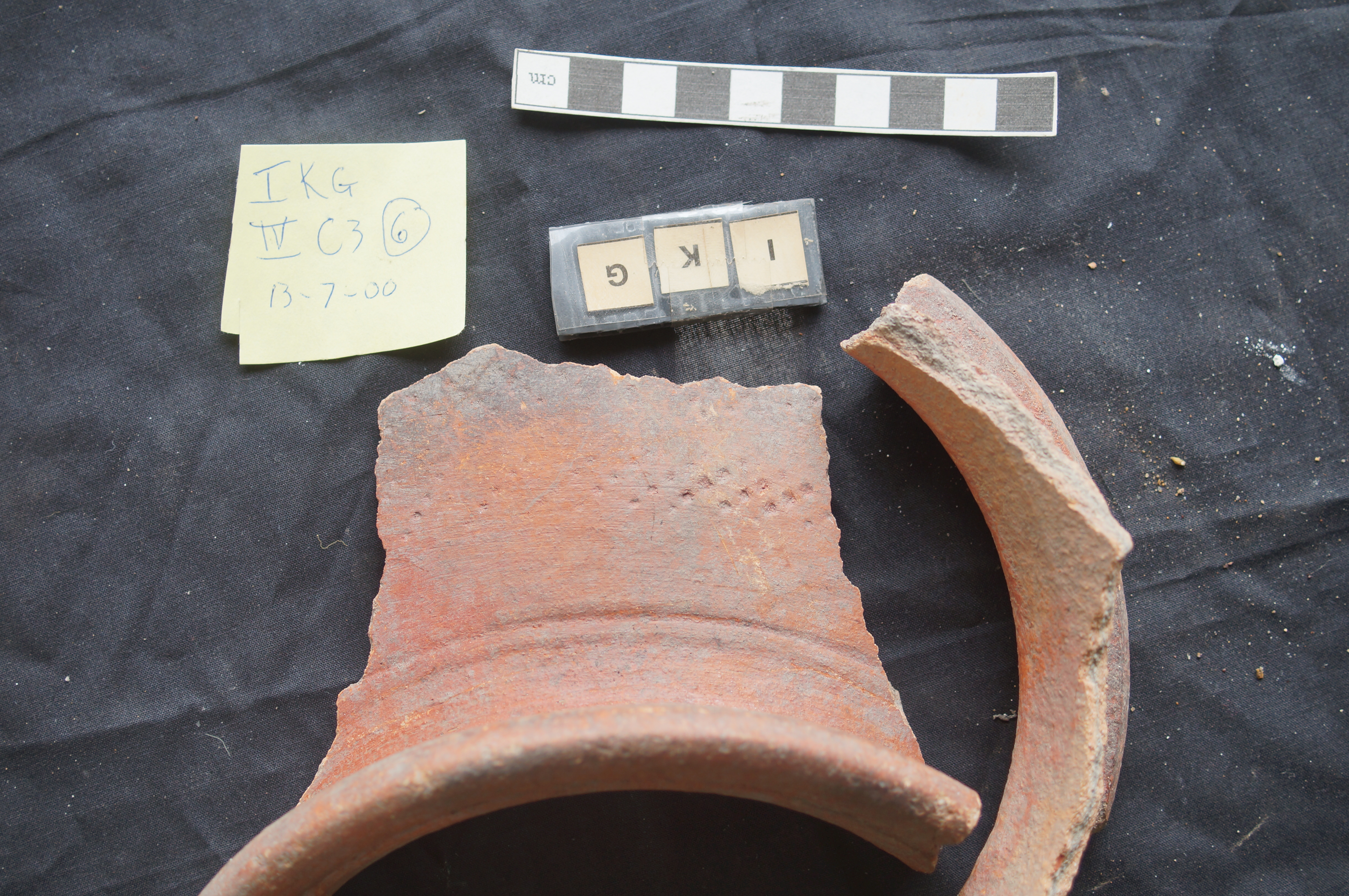White pitcher. IIB3 (Spit 4) 11 April 2000
Regout Maastricht base mark. This pot is practically complete. Most Maastricht ceramics are polychrome bowls and plates. This monochrome vessel may have been used for brewing and serving coffee or tea.
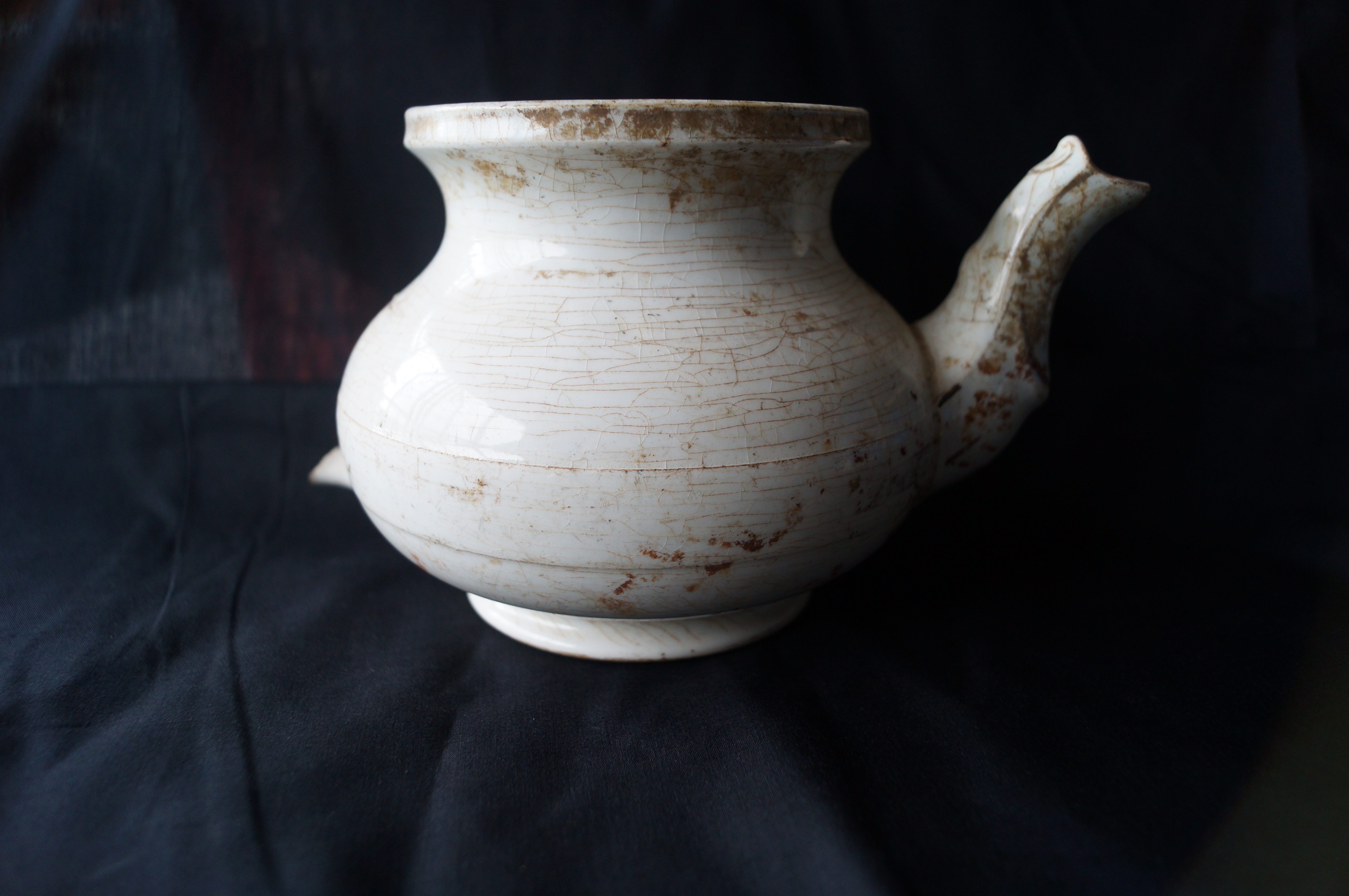

Tureen lid. IVC2
This large lid would have been paired with a large tureen. Although it bears no maker’s mark, its style and decoration suggest a British rather than continental European place of production. Its ornate moulded sprigged decoration would have marked this piece as a very luxurious and unique imported item used for serving food on special occasions. It is not known whether this object was used to contain European or Asian/Malay style dishes. Faunal remains from IKG suggest that the inhabitants of the palace frequently ate large cuts of meat such as beef.


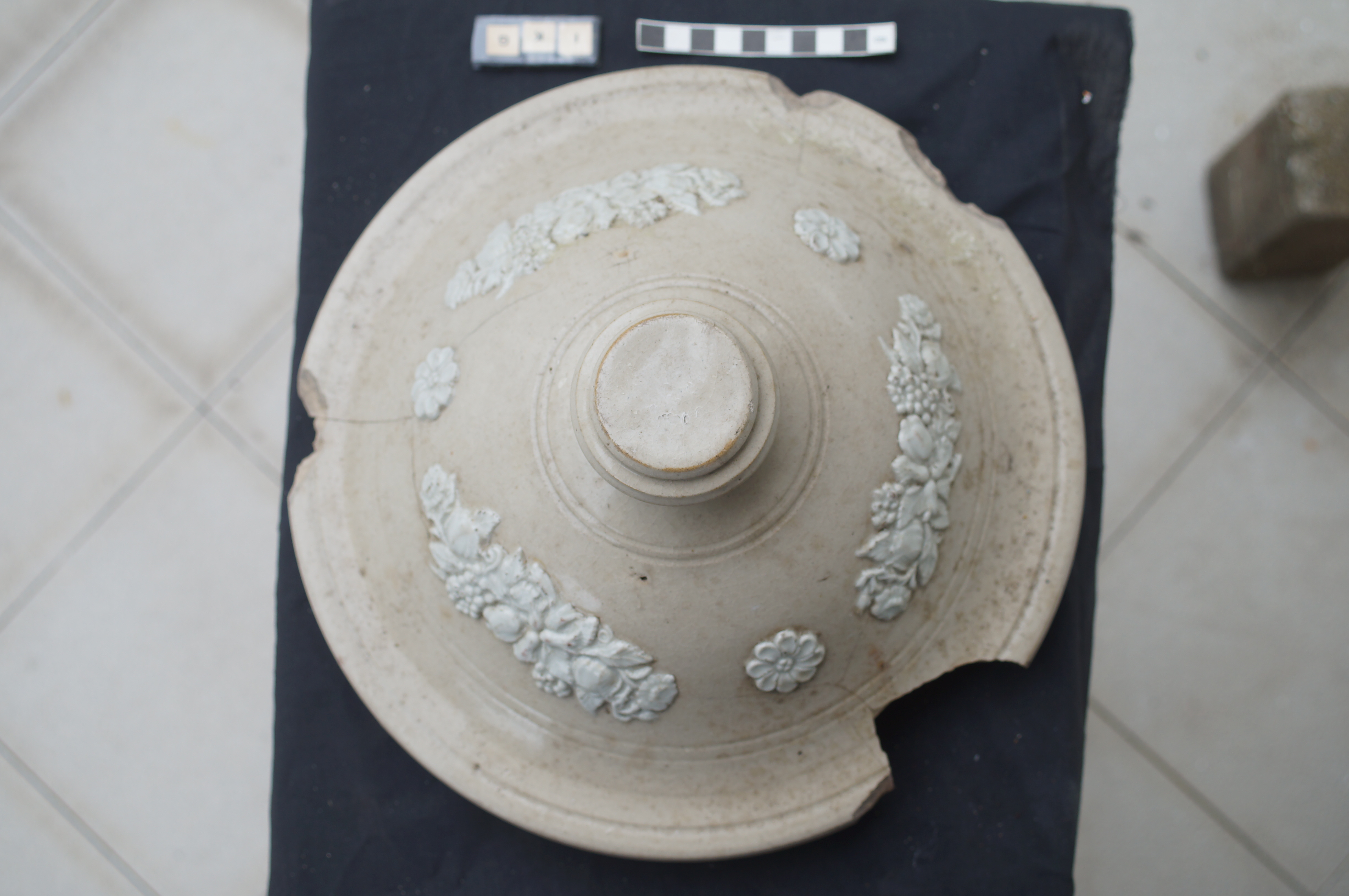
Porcelain miniature model of a Dutch wooden clog, surface find; 2003.
This is a typical type of souvenir that might have been brought back from the Netherlands by a member of the royal family. The bottom bears an inscription labelling it as Delft blue. This item was probably displayed in the palace as a curiosity and a symbol of the family’s sophistication and foreign connections.

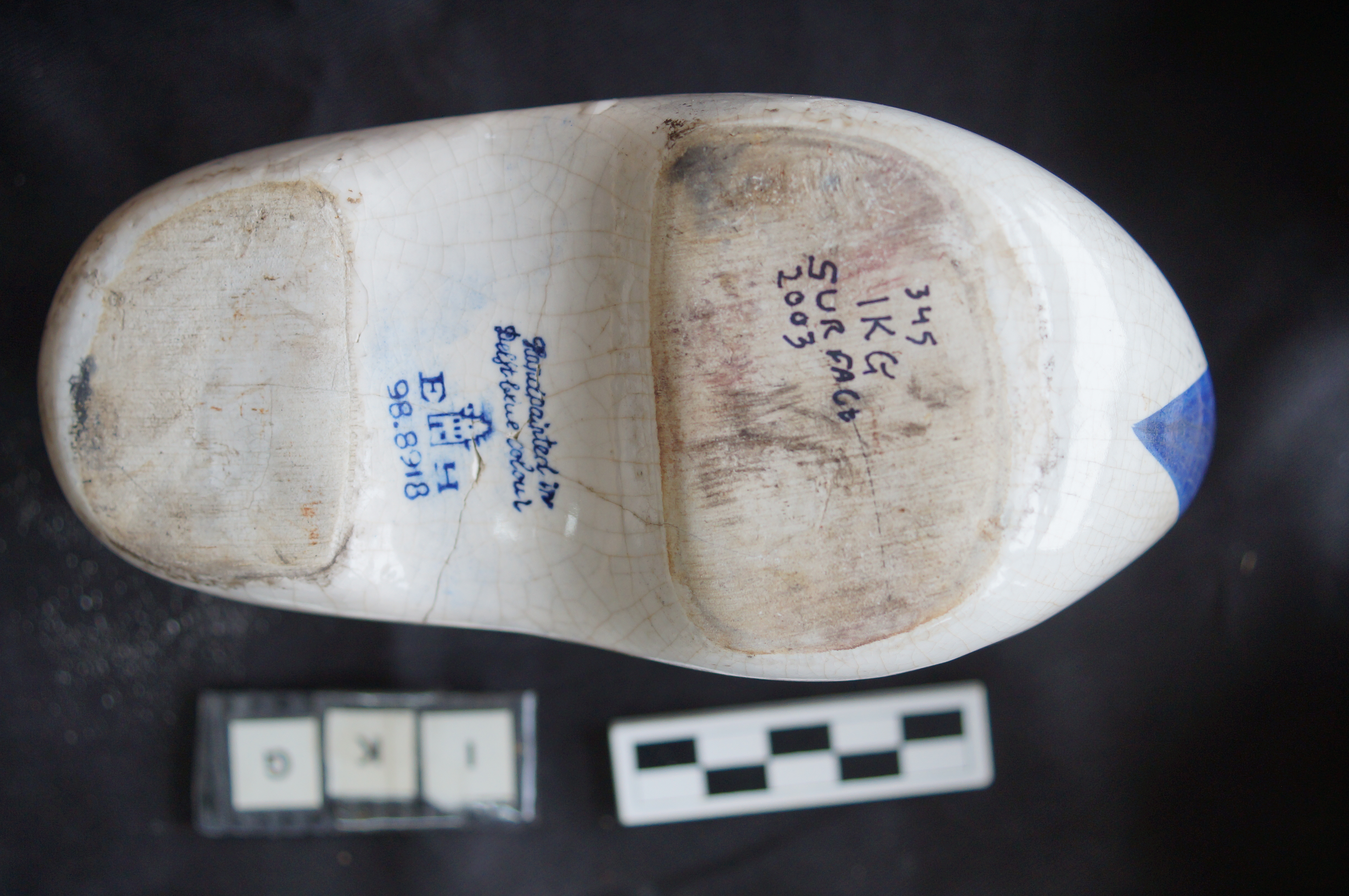
Ink bottle, general surface find
This small bottle made from European stoneware was used to ship ink to Southeast Asia. Although ink was made in China, European ink was also imported. The ink would have been used for fountain pens with nibs. The Istana would have had secretarial and accounting staff who would have needed ink to keep their records, for writing correspondence, etc.

Stems for tobacco pipes.
These indicate that some of the inhabitants of the palace had picked up the habit of smoking tobacco using clay pipes made in Scotland in the 19th century.

Imported earthenware: possibly from Myanmar
This unusual earthenware sherd is completely unlike any locally made pottery in Singapore. The stamped design of circles and the shiny red surface perhaps obtained by burnishing are more typical of earthenware made in Myanmar. At this time, Myanmar was also part of the British empire. This artefact may have been made in the Twante area in the Ayeyarwaddy Delta west of Yangon. Excavated in Square IVD3 Spits 5–6 on 20 July 2000.
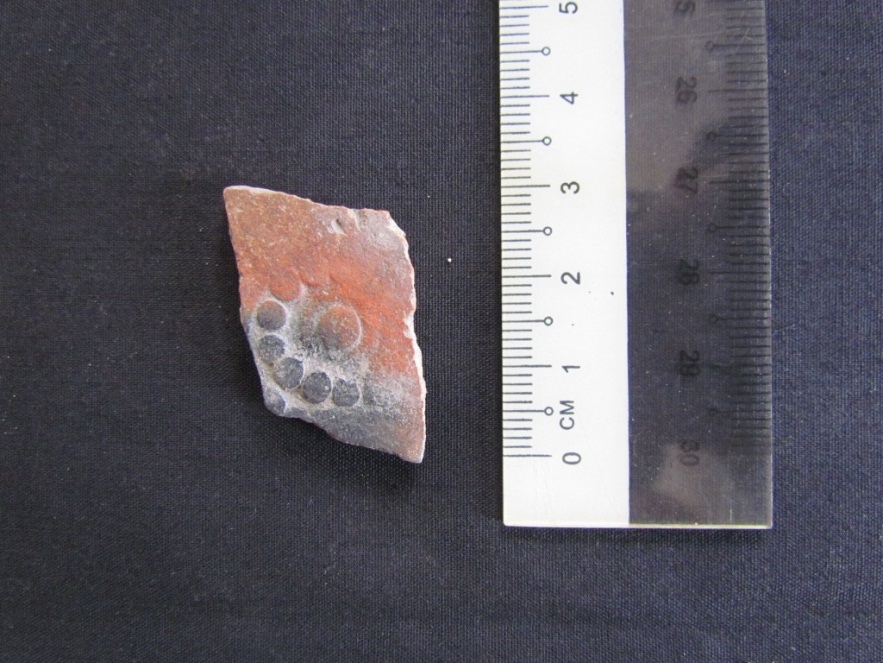
Chinese porcelain opium pipe bowl (Square IVC3 Spit 3/4)
This tiny piece of white porcelain was used for smoking opium. A small ball of opium would have been inserted into the bowl. The hole in the side of the pipe bowl would have been used to insert a pipe stem, which would be placed in the mouth of the smoker. This technique was used in opium dens where each smoker would have his or her own stem to avoid the transfer of germs. Opium cups were also unearthed at the site. DSC07967, DSC07968
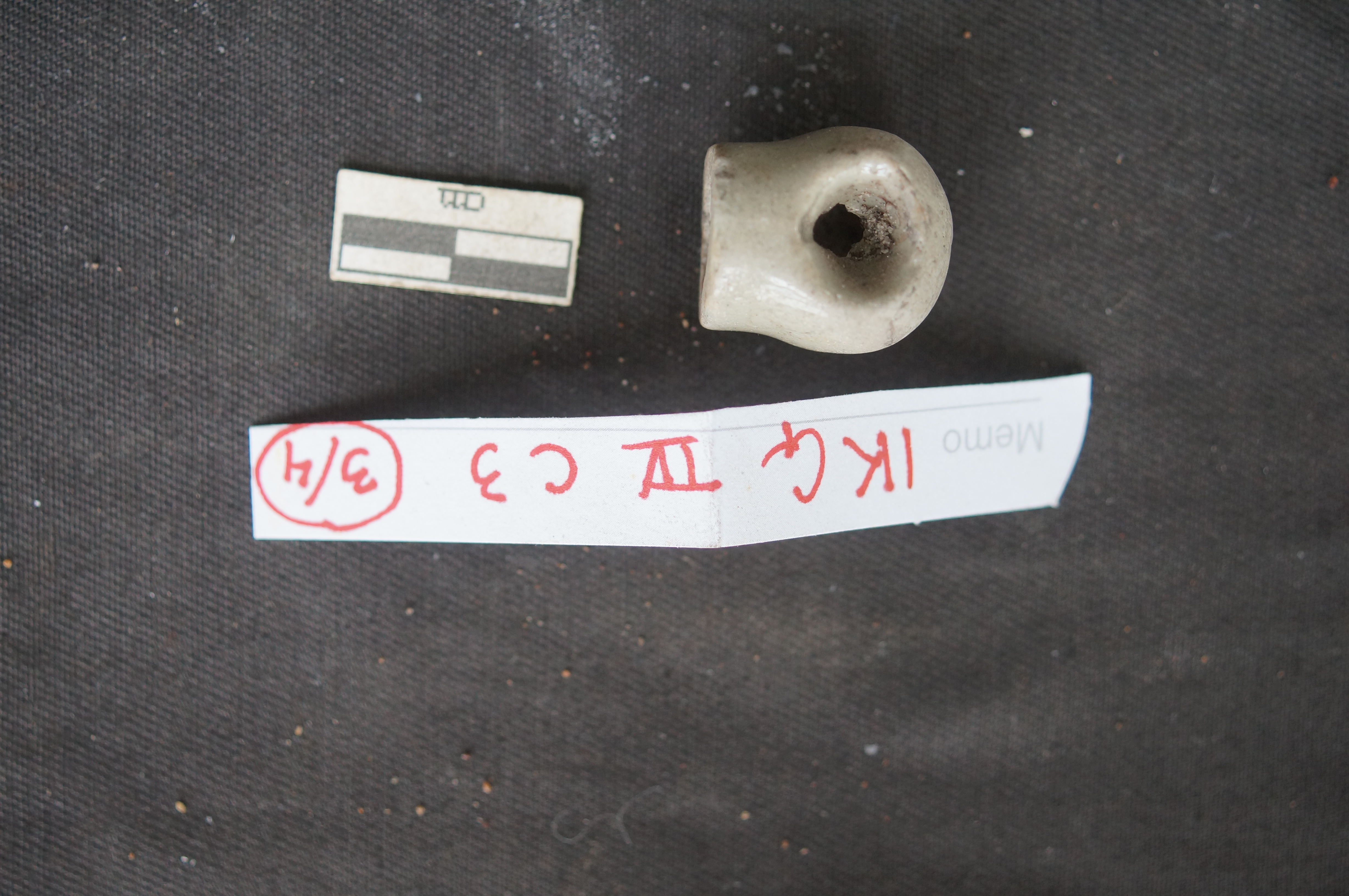

Chinese teapot with polychrome enamel decoration
This typical Chinese teapot is nicely decorated with a painted floral design. The colours and style of painting are similar to those of Chinese Peranakan ceramics which were influenced by Malay aesthetic taste. This teapot was excavated from Square IIB3 Spit 4 on 6 April 2000.

Chinese blue and white kamcheng lid
These blue and white porcelain containers were much esteemed among all communities living in Singapore. They were display items in themselves and were also used to store special items. The lid was recovered from Square IVC3 Spit 9 (10 August 2000).
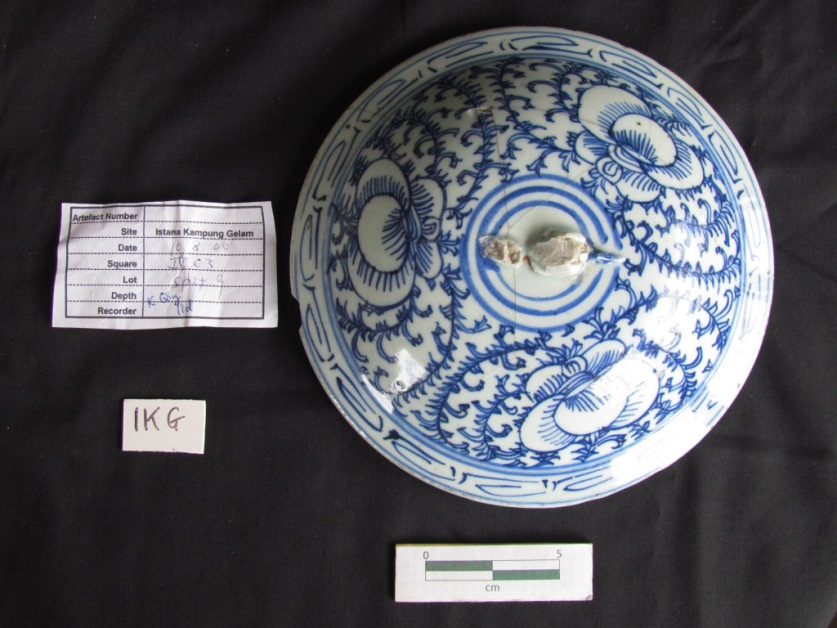
Malay earthenware pot
These rims belong to a storage vessel that was probably made locally. It was decorated with an orange slip, with rows of stamped dots. It was probably used in the kitchen of the palace. Excavated from Square IV Spit 6 on 13 July 2000.
